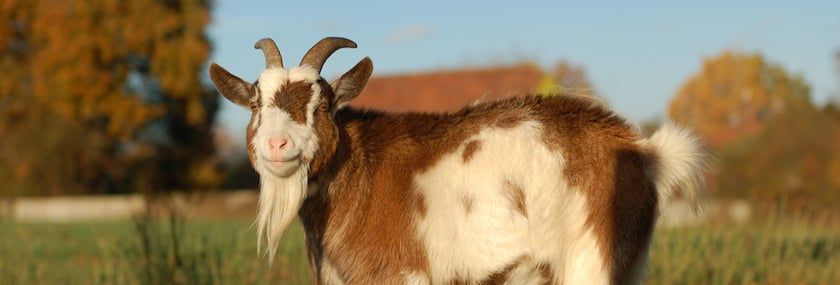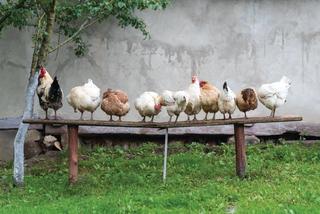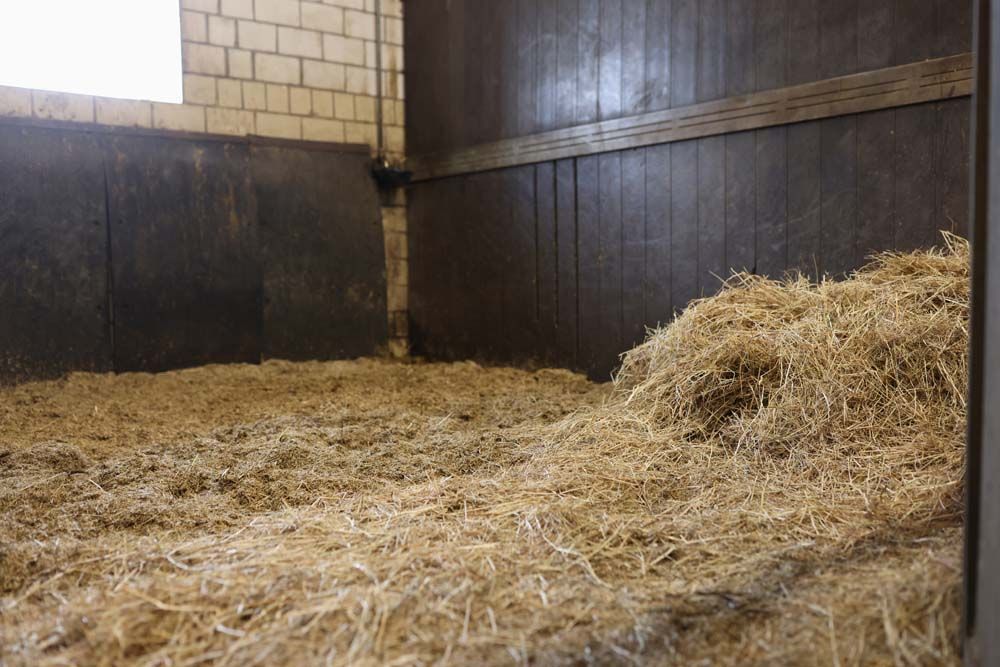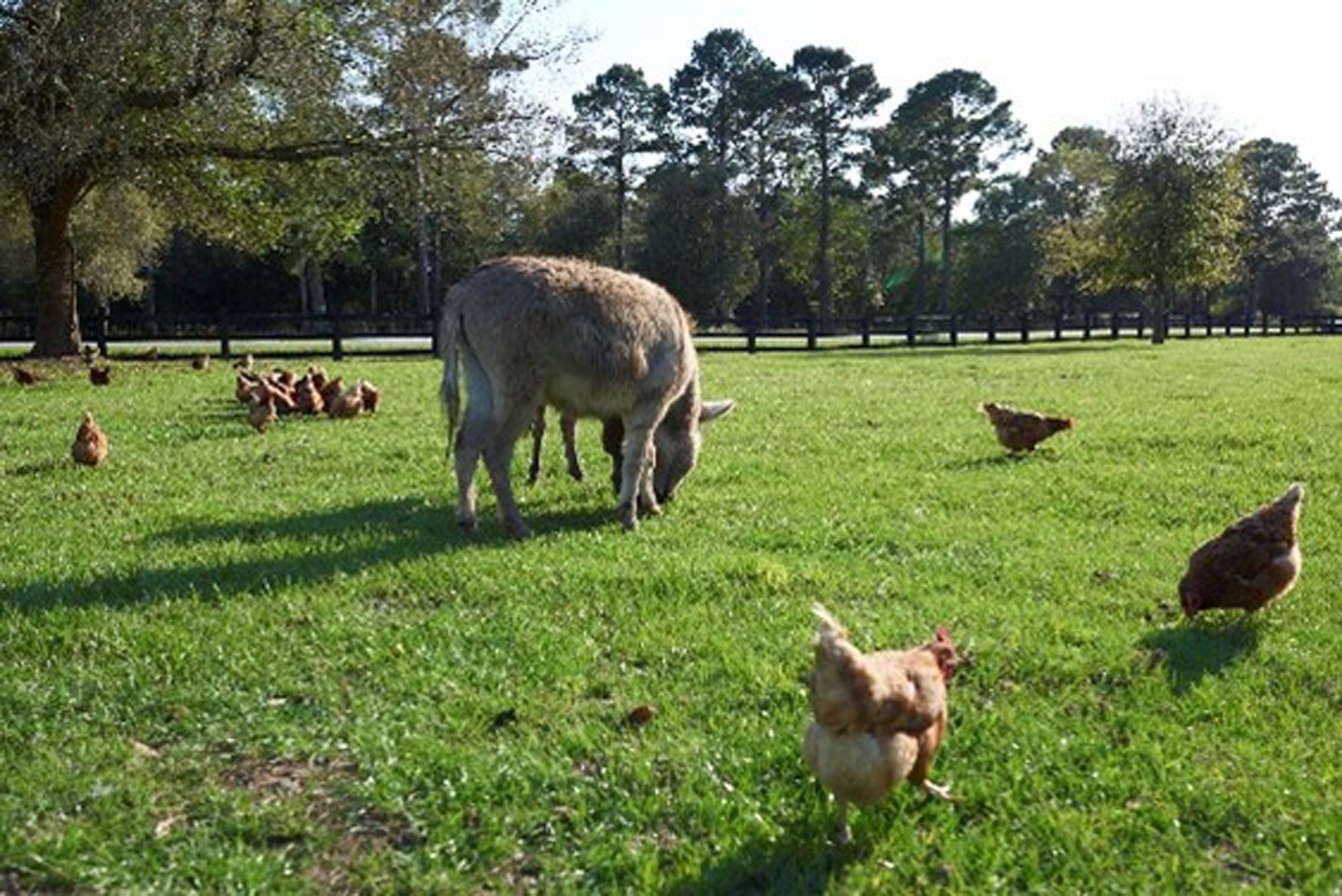5 Things You Might Not Know About Fainting Goats


When flight-or-fight turns topsy-turvy
A nearby dog begins to bark, and several startled goats run to the opposite side of the pasture. But on the way, several of the goats suddenly stiffen and fall down on their sides with their legs remaining rigid. What on earth is happening? Surprise! You’ve just met Myotonic—more commonly known as “fainting”—goats.

Fainting goats don’t faint
Despite their name, fainting goats are not actually fainting when they exhibit their characteristic trait of freezing up and tumbling over when they get scared. So if it’s not fainting, what is it?
Well, it has to do with their brains. Fainting goats are born with a condition called Myotonia congenita, which affects how they react to being startled. Instead of tensing up for a split second and then relaxing, a fainting goat’s muscles stay tense, causing the goat to stiffen or even fall over. Curiously, they never lose consciousness during the faint.
So even though you may hear them referred to as “nervous” goats, they’re really not more nervous than any other goat—they just show it differently.
Many people wonder if it hurts the goats to faint, but rest assured, they’re not in pain. However, their condition does have the potential to distress them because it can keep them from running away from things that frighten them, so avoid deliberately scaring them just to see them faint.
Here are 5 things you might not know about Myotonic goats.
They’re cute!
You could probably tell that just by looking at them! One of the things that is so appealing about fainting goats is that there’s such a variety of types and appearances in the breed. When you look at a breed such as the Saanen, a dairy breed, you’ll see that essentially all of the goats look very similar to one another—all large, elegant, white goats. But fainting goats come in many different shapes, sizes, and colors, thanks to the varied genetics that have been bred into them over the decades.
For example, some fainting goats will have small, curving horns similar to a Boer’s, and others have large twisting horns like an Angora’s. Adult fainting goats can weigh anywhere from 50 pounds (even smaller than the diminutive Nigerian Dwarf) all the way to up to 175 pounds (about the size of a Nubian, the largest of all the dairy breeds!) They also come in a plethora of colors and coat patterns! According to the Myotonic Goat Registry’s breed standard, “No color should be avoided and no color should be preferred”, but if you have a favorite coat color, you’re virtually guaranteed to find it.
They’ve had lots of names
Unlike most other goat breeds that are commonly known by only one name, fainting goats have had many different names since they were first introduced in the United States in the 1880s. At first they were known colloquially by such names as “Fainting,” “Stiff,” or “Scare” goats, but they soon collected other descriptive names, like “Tennessee Fainting” or “Meat” goats, “Texas Wooden Leg” goats, and probably the most technically accurate name: the “Myotonic” goat.
They originated in Tennessee
As you might have guessed from some of their many names, the first fainting goats were developed in Tennessee in the late 19th century. Breeders liked them for their muscular stature (which makes them a great meat breed) and the fact that their tendency to faint made it easier to keep them fenced in (a typical goat might be tempted to climb a fence and escape its enclosure, but if a fainting goat tries it, well, you can imagine how it would end).
Later, in the 1950s, the first fainting goats were brought to Texas. For a long time, fainting goats were mainly found in just those two states, but their popularity soon grew and they can now be found all over the U.S. However, they’re still an endangered breed; The Livestock Conservancy lists them as “recovering,” but hopefully their numbers will increase as more people learn about these unique goats.
They can learn not to fall
Older fainting goats can get used to their condition and learn to stay upright when it happens. Their muscles still tense up and freeze, but they might be able to mitigate or prevent the fall, staying on their feet until the condition relaxes. Young goats may not have learned these prevention methods yet and may be more likely to fall down completely upon muscle stiffening.
They can ‘faint’ from excitement, too
It’s not just fear from being startled that causes fainting goats to exhibit this behavior; it’s also possible for them to “faint” over the excitement of a positive stimulus—like the prospect of dinner time. Some goats will “faint” on the way to the feed dish. And as mentioned, others may “faint” when trying to climb the fence or attempting other “escape” routes from their pastures.
How about you? Would you be interested in owning an attractive goat breed with an unusual trait like this? Maybe these goats would be just right for your farm!
Tags:Country Critters

Acreage Life is part of the Catalyst Communications Network publication family.















